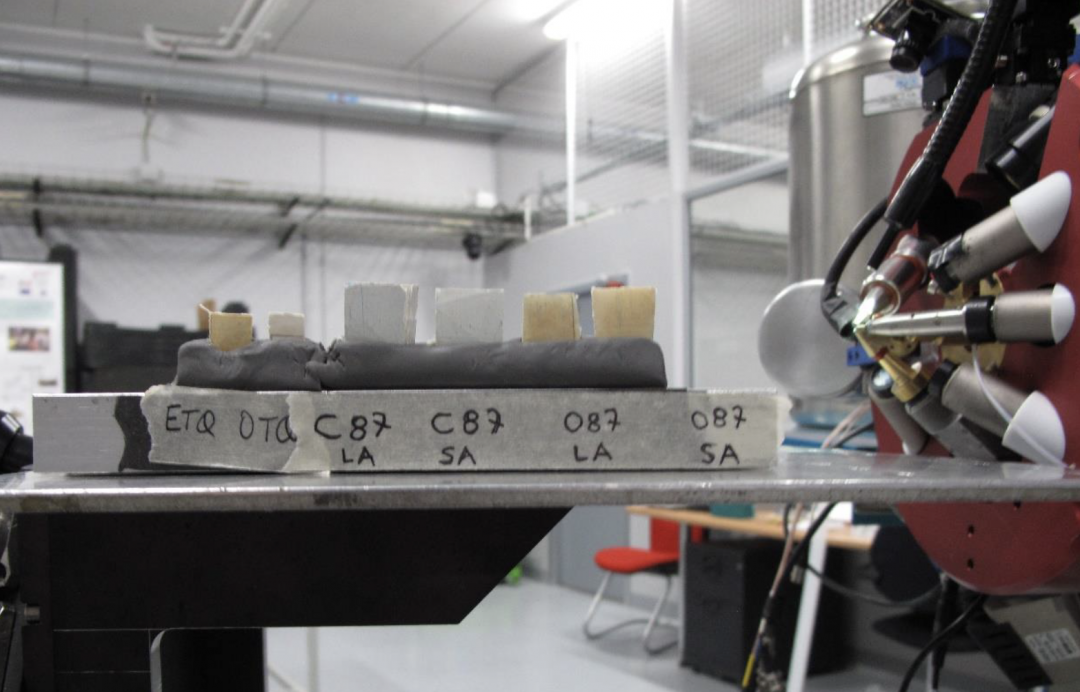User: Stefania Pasquale
ORCID: https://orcid.org/0000-0003-1677-2331
Organisation: National Institute of Nuclear Physics Section of Catania
Technique requested: Particle Induced X-ray Emission (PIXE)
Rutherford Backscattering Spectroscopy (RBS)
Facility: Grand Louvre Accelerator for Elemental Analysis (FR)
The project is aimed at verifying the possibility to introduce innovative nanostructured materials in the conservation and restoration of historical painting. Still, nowadays, paintings represent one of the biggest challenges because of their composite structure, constituted by both organic and inorganic materials and built up from the stratification of canvas and/or wood, ground, paint and varnish layers. This complexity requires specific skill and knowledge of the pictorial materials and the debate about the best cleaning and protective procedures is still open. In this field, this research is addressed to investigate the possibility of using water-based colloidal dispersions prepared with titanium dioxide nanoparticles for self-cleaning and protective purposes. The titanium dioxide exposed to ultraviolet and/or to solar radiation can perform photocatalytic activity. This means that it may be able to increase the velocity of some chemical reactions and to degrade, by oxide-reduction reactions, many organic and inorganic substances [1]. For this reason, the titanium dioxide, applied on any material surface, can be used as self-cleaner as well as antimicrobic agent.
The possibility of using nanoparticles on painting surfaces can have important consequences for the self-cleaning of unwanted accumulated materials, such as dirt and dust that represent the first phase in deterioration painting surface, but also varnishes and polymers left by previous restoration processes.
In this research project, we focused, for the first time, on the titanium dioxide obtained by Pulsed Laser Ablation in Liquids (PLAL). The water-based colloidal dispersions, obtained by PLAL, exhibit optical characteristics suitable to be used in painting without altering the color properties of the surfaces. The method used to spread the colloidal dispersions on the painting surface requires the control of the distribution of the nanoparticles and the penetration into the layers. The PIXE and the RBS techniques can be useful to investigate these aspects.

